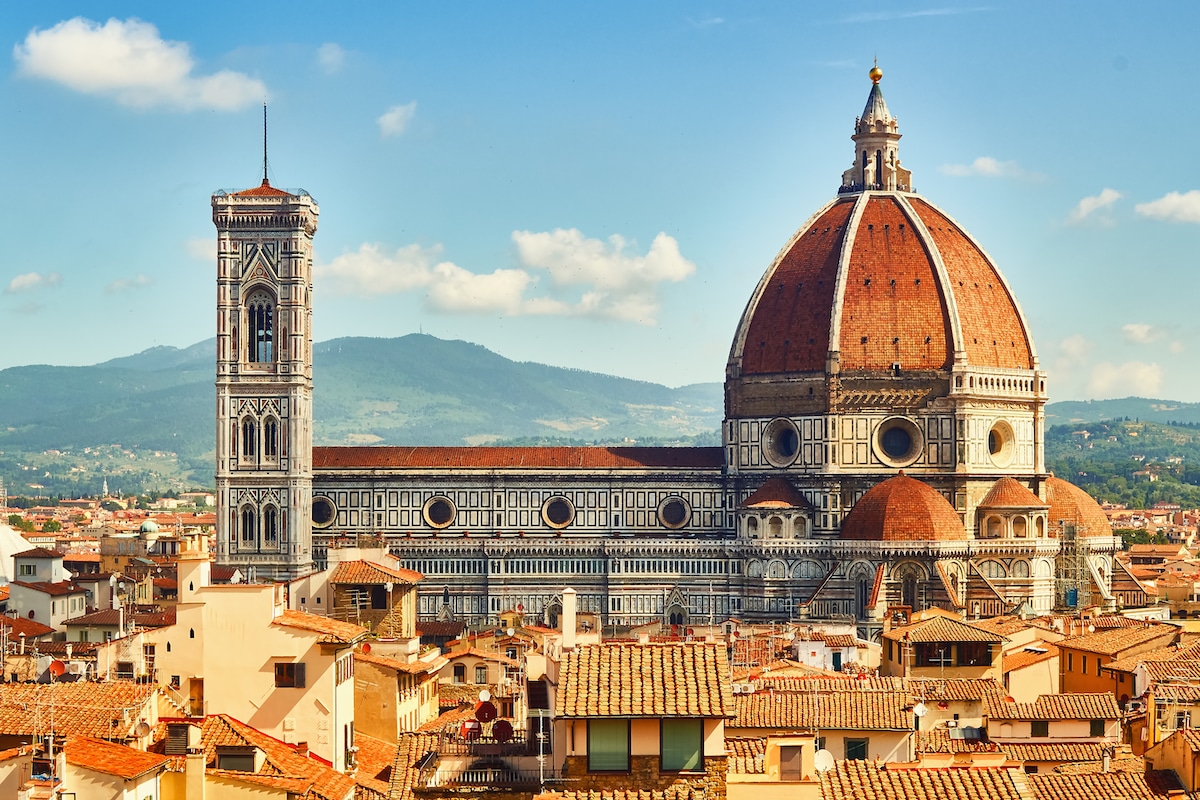Roman Legacy
The empire became christianized. Churches and other religious buildings became the only important architecture. The classical language of architecture developed from the architectures of Greece and Rome vanished between the 5th and 15th centuries in the Middle Ages, but then coninued in later stages fromthe Renaissance to the Modern Age.
Byzantine
High middle ages: Byzantine architecture is preeminently religious with an emphasis on the interior, being the exteriors very discret.
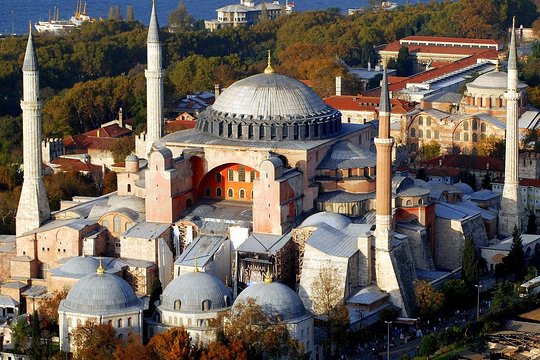
Hagia Sophia:
Represents a union between the Empire and the Church. Is the combination of the central plan of the Roman buildings and the Roman basilicas.
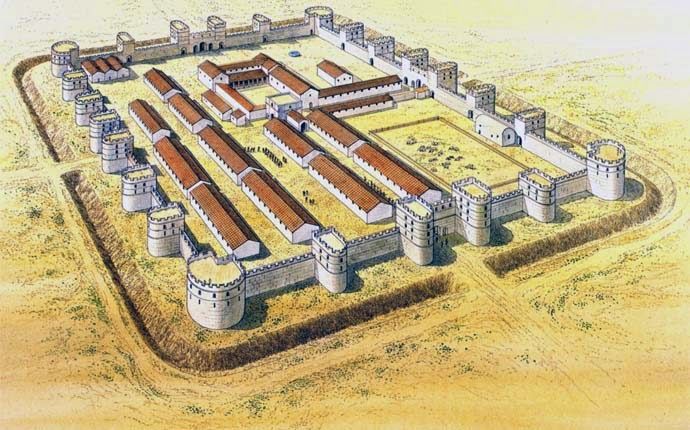
Military architecture:
A defensive lifestyle was acquired, especially in the peripheries of the empire. It is the passage from the city to the military fortification
Pre-romanesque
In medieval pre-romanesque architecture, in addition to churches and monasteries that followed the Christian tradition from the Roman Empire, castles were developed. This typology arises towards the 8th century and extends throughout Europe
High middle ages

The Lombards:
Lombard architecture acquires a uniform style which is based on the ideological and conscious use of the plundered elements of the roman buildings.
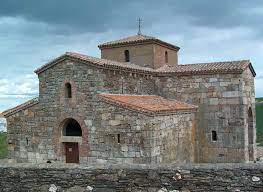
The visigoths:
An ecclesiastical architecture was developed that takes up the model of the traditional Roman basilica and delineates a central floor typology.

Carolingian:
Characterized by a desire to reaffirm the classical art and emulate the Roman Empire For the first time, monumental buildings such as palaces, cathedrals and monasteries were built again.
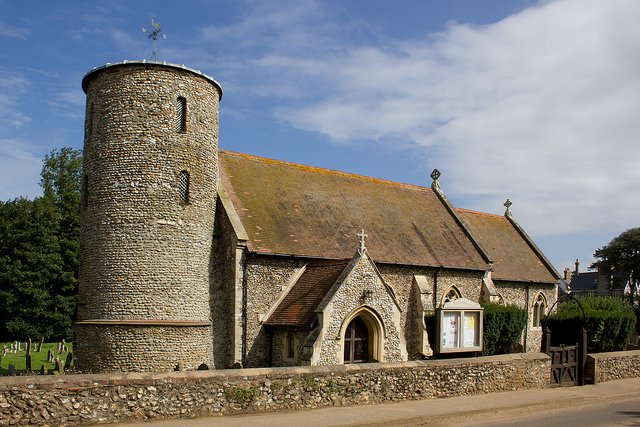
The Saxons:
They dedicated themselves to the constructions of religious buildings such as abbeys and cathedrals, inspired by Roman basilicas and also using the westwerk and double apses.

Romanesque
Romanesque is associated with the art of the Normans, who in these centuries experienced their peak and maximum diffusion. Due to the evangelisation of religious orders, crusades and pilgriminages, the Romanesque is spread throughout Europe, giving rise to a multitude of variants, with a large presence of monasteries, abbeys, hospitals…
Religious buildings are books made of stone, characterized by large masses and heavy proportions.

Gothic:
A novel system consisting of reinforcing the Roman vault with diagonal ribs was being tested. This allowed to open the walls and temples became full of light.

Cathedrals:
The cathedrals included a series of improvements such as pointed arches and ribbed vaults. The transept moves towards the centre, increasing the development of the ambulatory, radial chapels and apses. There is an external shoring system of buttresses for the arches of the central naves as well as a system of stabilisation of the structure by means of pinnacles and needles
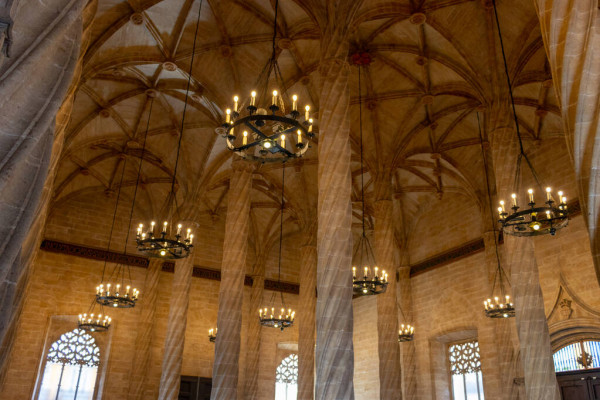
Civil buildings:
At this moment, town halls, stately palaces, universities, fortresses, bridges, bell towers, shipyards, etc. are being built.
City councils are also built in cities that are gaining economic and political autonomy.
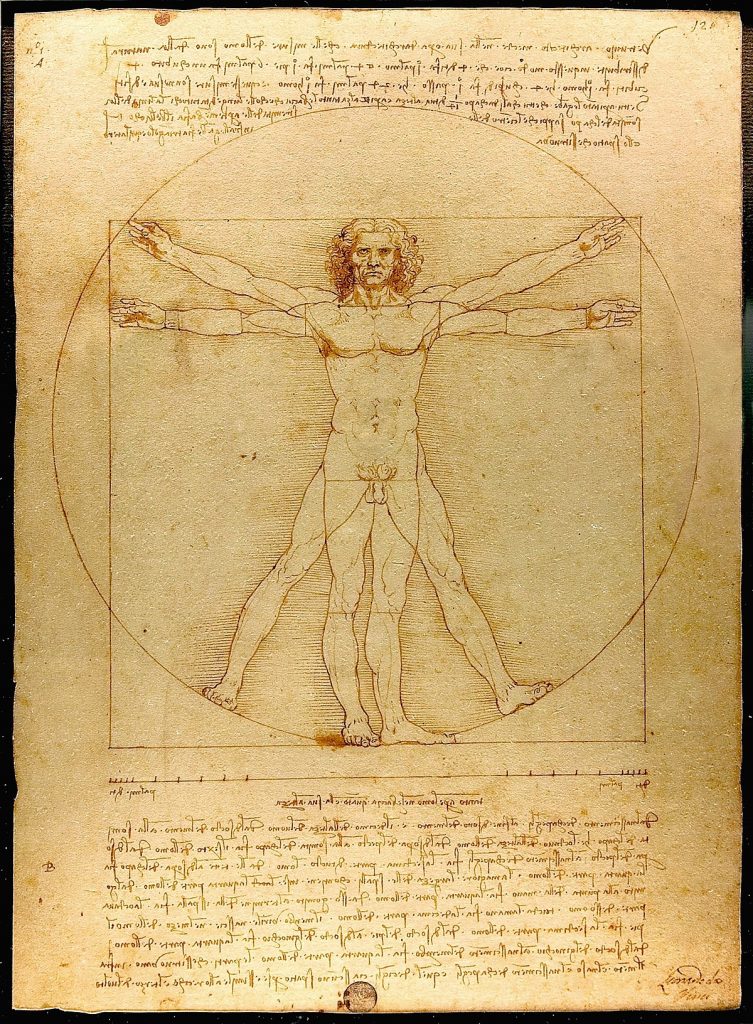
Renaissance:
The church suffers a great crisis that leads to the schism of the West. The Renaissance man trusts in his intellectual capacities, thinks that history is no longer a whole ordered by the hand of God and exalts the human being and his capacity to dominate Nature. Hence symmetry and proportion were basic to the project and the system of ideal proportions are in the human body.
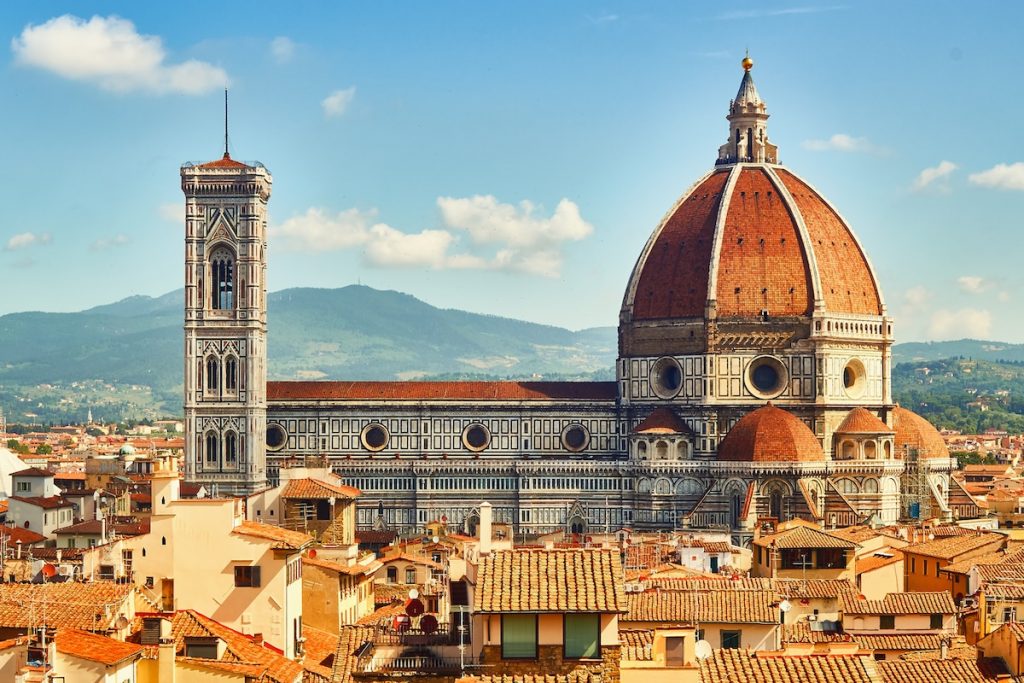
Filippo Brunelleschi:
He rediscovered the laws of perspective and applying it to architecture, constructing space in an intellectual and rational way. Architecture is a mathematical science that operates with spatial units.
Hospital of the Innocents, Florence. It is the first Rennaissance building in which the system of proportions was put into practice: separation between columns is equal to their height, at the same time equal to the depth of the gallery, creating cubic spaces.
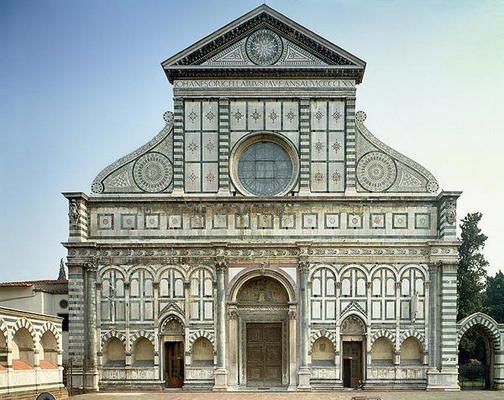
Leon Batista Alberti:
He built works in Florence, Rimini and Mantua, among other cities. Its buildings are full of demonstrative intentions and subtle formal resources oriented to proportion, which is the essence of Architecture.
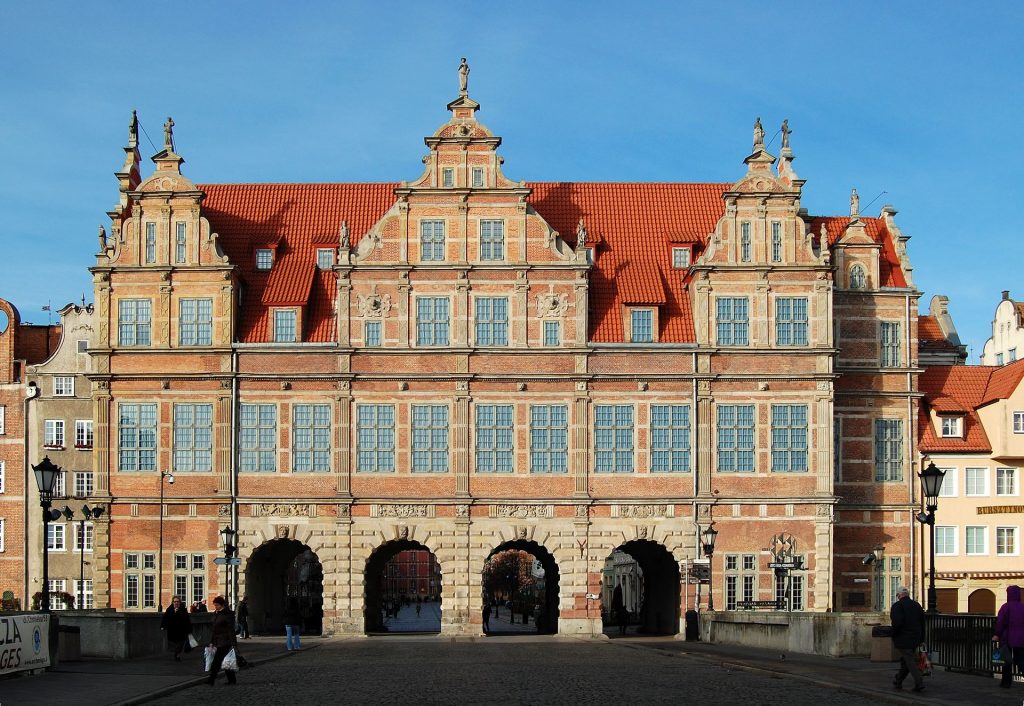
Mannerism:
A new sensualism was introduced, which has been called Mannerism. Maintaining the classical architectural norms and elements, variations or deviations began to be made.
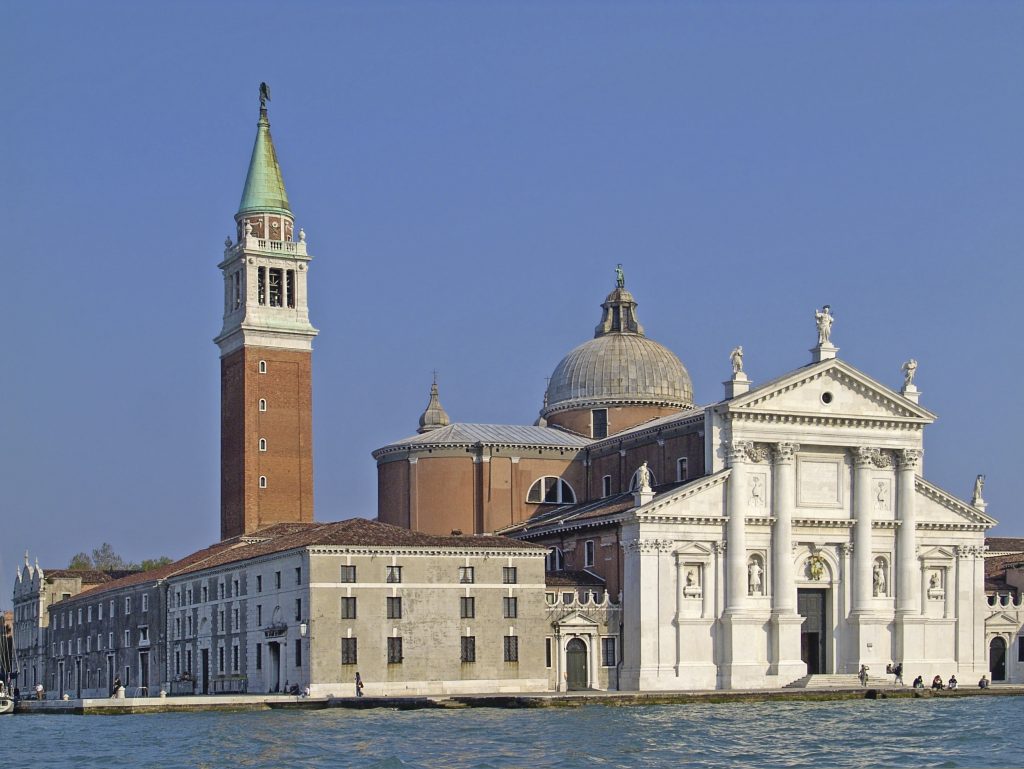
Andrea Palladio:
Based on his music studies, he designed his villas using numerical systems of proportionality for the rooms. In the villas he adapted the central body of the house to the forms of the ancient temple topped by a pediment.

Michelangelo:
Michelangelo Buonarotti was one of the greatest artists: sculptor, paintor and architect. His work was developed in Florence and Rome. He illustrates the transition between Renaissance and uses the classical elements transforming or manipulating them and transgressing the classical design.
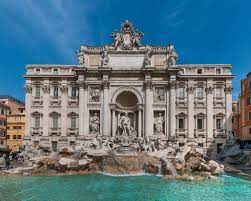
Baroque:
Linked to the monarchy, the aristocracy and the Church, it emerged as propaganda and glorification of power in the national states and in the reaffirmation of the counter-reform church.
The baroque is a spatial liberation of the rules of the treatises of elementary static.
Gian Lorenzo Bernini
Italian architect, sculptor and painter. He enjoyed the favor and protection of seven popes, for whom he made numerous works with great success and recognition.
Francesco Borromini
His work was always based on simple geometric elements, triangles, circles and ellipses, by means of prisms, cylinders and spherical caps. On the ground plan, centralisation is sought by means of a longitudinal ellipse that at the same time marks a main axis.
Rococo
Is an artistic fashion born in the French courtly environments. It is distinguished by the frivolity and superficiality of a decorations faithful to themselves, with the aim of surprising and ostentation.

Neoclassical:
After the excesses of the baroque and Rococo, a radical change towards a rational architecture was experienced. In which the dominion of the structural truth over the visual effect was recovered. Neoclassicism was the formal expression that reflected in the arts the intellectual principles of the Enlightenment.
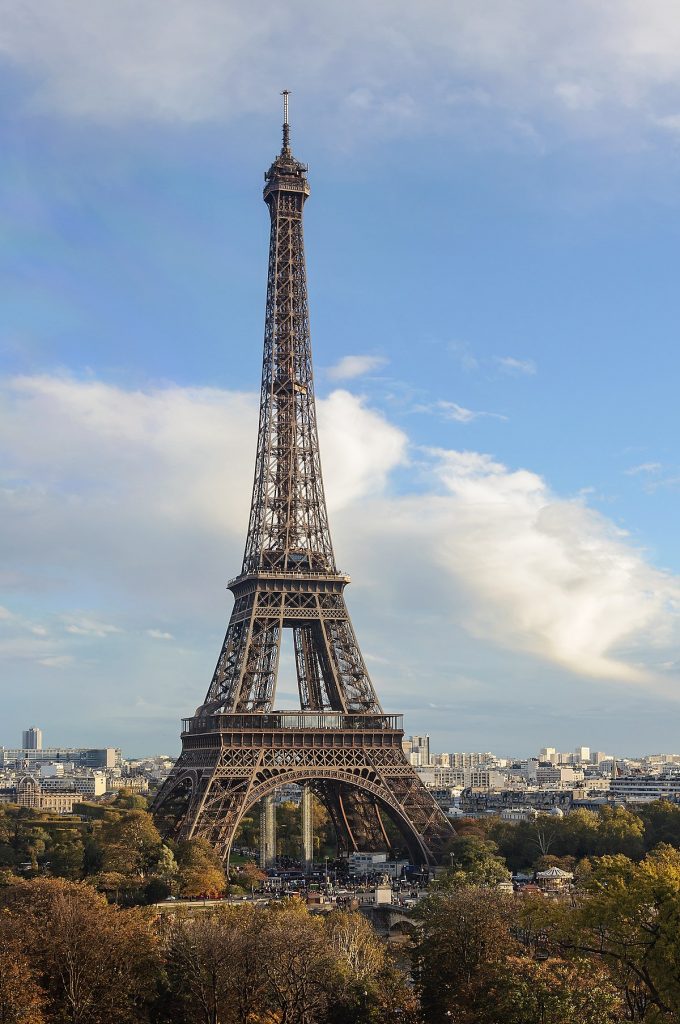
19th Century
In rejection to the new industrial spirit that generated alienation and anguish, a desire to evade reality and a desire for past times spread, giving rise to historicism and exoticism.
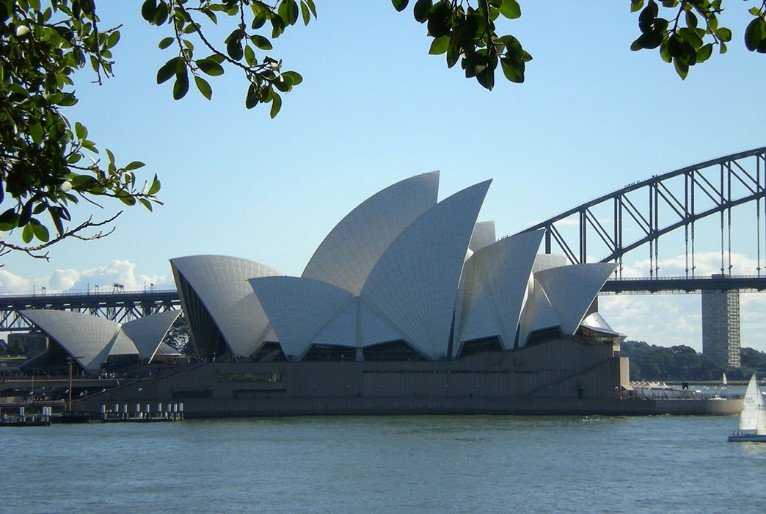
20th Century:
It is characterized by clean lines, curves and undulating inspired by nature and oriental art with geometric formal simplification towards two-dimensionality.
-Art nouveau
– Modernism
-Expresionism
-Cubism, Futurism
-Constructivism
-Neoplasticism
Bibligoraphy
https://www.worldhistory.org/Roman_Architecture/
https://sites.google.com/site/romanarchitecture2012
http://www.historyshistories.com/rome-the-legacy-of-rome.html
https://media-cdn.tripadvisor.com/media/attractions-splice-spp-540×360/06/71/9f/67.jpg
http://historyanswers.wpengine.com/wp-content/uploads/2016/06/172-1-450×321.jpg
https://www.spainthenandnow.com/wp-content/uploads/2017/12/san-pedro-de-la-nave1-wikipedia.jpg
https://cdn.britannica.com/w:400,h:300,c:crop/96/996-050-A3B1C05F/Migrations-kingdoms-Goths.jpg
http://www.across-spain.es/files/zaragoza.jpg
https://cdn.pixabay.com/photo/2017/06/19/17/05/alhambra-2420200_1280.jpg
https://blogofart.com/wp-content/uploads/2021/01/history-of-gothic-architecture.jpg
https://www.eyeonspain.com/userfiles/image/mac75/catedral_de_barcelona.jpg
https://www.touropia.com/gfx/b/2011/03/gothic-cathedrals.jpg
https://www.worldhistory.org/img/c/p/1200×627/13128.jpg
https://wahooart.com/Art.nsf/O/8XZ8S2/$File/Leon-Battista-Alberti-Interior.JPG
https://miro.medium.com/max/2000/1*kPxr3zlgJAYHaD_oSEu_TQ.jpeg
https://www.wallswithstories.com/wp-content/uploads/2017/08/mannerism-1280×720.jpg
https://www.michelangelo.org/images/artworks/st_peter_basilica.jpg
https://www.maxpixel.net/static/photo/1x/Rome-Michelangelo-Architecture-Italy-Vatican-6025819.jpg
https://en.wikipedia.org/wiki/Contemporary_architecture
https://i.pinimg.com/736x/c3/47/65/c34765261ac813a40f3d6e9239a1c30e.jpg
